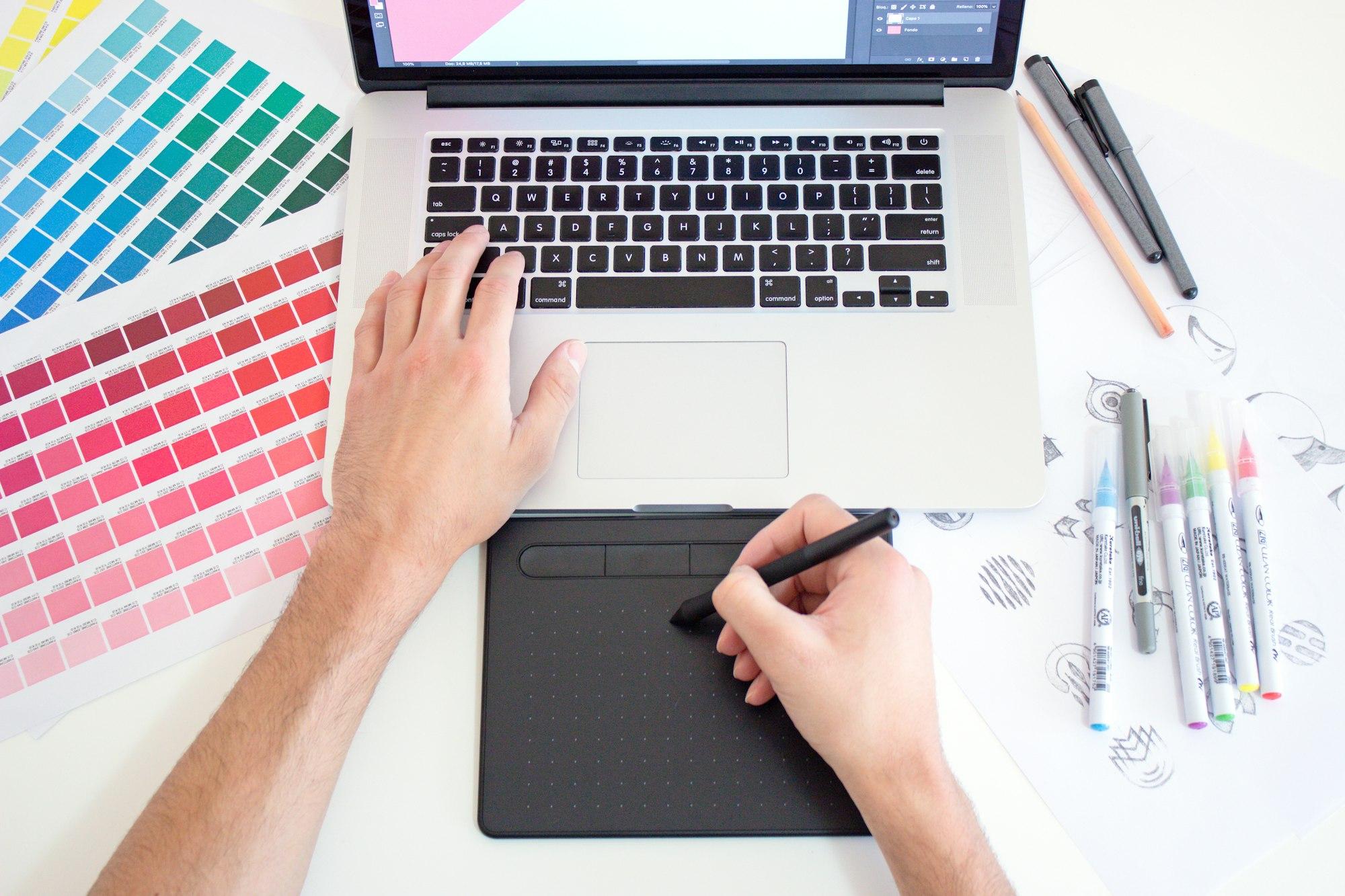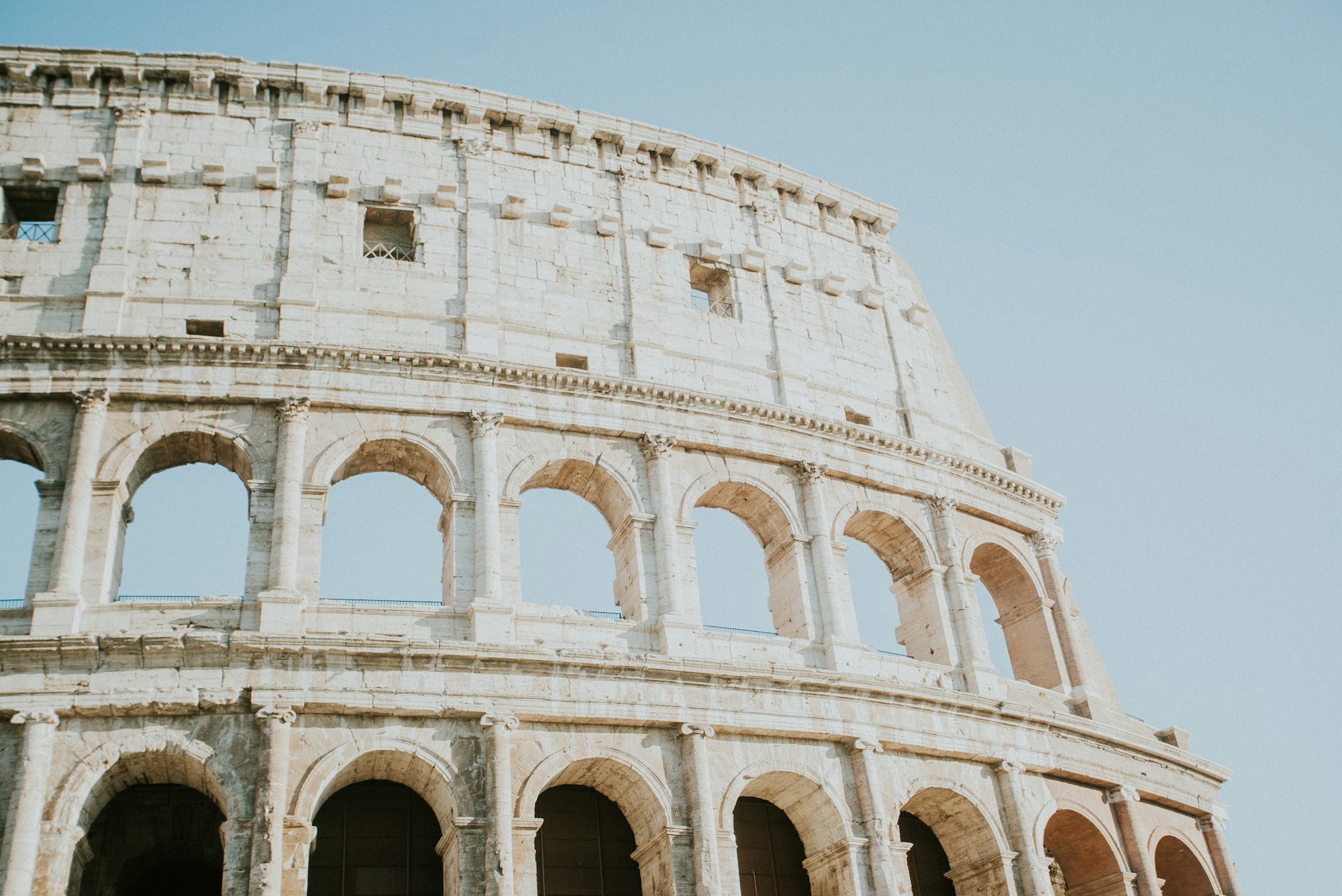
The evolution of design mirrors shifts in culture, technology, and societal values. By tracing the trajectory of design, we uncover not just how things look but how they function and connect with our daily lives.
Design is an ever-evolving force that shapes the world around us. From the earliest cave paintings to the sleek digital interfaces we interact with today, the journey of design is a fascinating tapestry of innovation and creativity. In this exploration of "How the Design World Has Changed Over the Years," we journey through time to understand the profound transformations that design has undergone.
As the backbone of architecture, fashion, technology, and all things aesthetic, design isn't just about aesthetics; it reflects the times we live in. The evolution of design mirrors shifts in culture, technology, and societal values. By tracing the trajectory of design, we uncover not just how things look but how they function and connect with our daily lives.
The Early Days: Foundations of Design

To comprehend the intricate evolution of design, we must start at the beginning, in the early days when humans began to craft and create. The foundations of design can be traced back to the earliest civilizations, where our ancestors marked their presence on cave walls and etched stories in stone.
These primitive yet profound expressions of art and design laid the groundwork for everything that followed. The ancient Egyptians' intricate hieroglyphics, the ornate motifs of the Byzantine Empire, and the harmonious proportions of Greek architecture are just a few examples of early design principles that have endured through the ages.
As societies evolved, so did their design sensibilities. The Gothic cathedrals of the Middle Ages and the Renaissance's obsession with symmetry and perspective revolutionised the artistic landscape. Each era and culture added its unique brushstroke to the canvas of design.
Early Design Practices and Cultural Influences:

Ancient Mesopotamia: The cradle of civilization, Mesopotamia (modern-day Iraq), gave birth to early design practices with the development of cuneiform writing. Clay tablets etched with wedge-shaped symbols represented the world's first system of writing and design. The need to record laws, trade, and religious texts heavily influenced early Mesopotamian design.
Ancient Egypt: Egyptian design was characterized by its symbolic hieroglyphics, monumental architecture, and intricate jewelry. Their art and design were closely tied to religion, with a strong emphasis on creating structures like the pyramids and temples as a tribute to the gods.
Ancient Greece: The Greeks introduced the concept of aesthetics and proportion in design. The Golden Ratio, often seen in the Parthenon's architecture, became a cornerstone of classical design. Greek pottery and sculpture also made significant contributions to art and design.
Byzantine Empire: Byzantine design was deeply rooted in Christianity, leading to the creation of awe-inspiring mosaics and religious art. The design reflected the religious and political power of the Byzantine Empire.
Key Design Movements from History:

Renaissance (14th to 17th Century): The Renaissance was a cultural and artistic movement that revived interest in classical art, science, and humanism. It emphasized perspective, anatomy, and proportion, leading to innovations in painting, sculpture, and architecture.
Baroque (17th to 18th Century): The Baroque movement introduced dramatic and ornate designs in art, architecture, and music. It featured elaborate detailing, rich colors, and a sense of movement.
Art Nouveau (Late 19th to Early 20th Century): Art Nouveau embraced natural forms and curved lines, emphasizing organic designs. It influenced various art forms, including architecture, graphic design, and jewelry.
Bauhaus (1919 to 1933): The Bauhaus School in Germany emphasized simplicity, functionality, and eliminating ornamentation. It laid the foundation for modern design principles and influenced architecture, graphic design, and industrial design.
Modernism (Late 19th Century to Mid-20th Century): Modernism rejected traditional ornamentation and emphasized clean lines, minimalism, and functionality. It influenced art, design, and architecture worldwide.
Understanding these historical underpinnings is essential to grasping the seismic shifts that design has undergone over the centuries.
The Digital Revolution: Transforming Design

The digital revolution is one of the most transformative eras in design history. It's a journey from ink and paper to pixels and screens, from drafting tables to advanced software. This revolution has changed not only how we design but what we design and who designs it.
The Emergence of Digital Tools:
The advent of powerful computers and design software in the latter part of the 20th century marked a turning point. Designers could now create and manipulate visual elements with unprecedented precision and speed.
Web Design and User Experience:
The rise of the internet brought forth web design as a crucial discipline. The focus shifted from static graphics to user-centered, interactive interfaces. User experience (UX) design became paramount as designers sought to create seamless online journeys.
Graphic Design and Multimedia:
Graphic designers, once tethered to print media, expanded into multimedia design. They ventured into animation, video, and interactive media, blurring the lines between traditional disciplines.
Architectural Visualization:
Architects embraced digital technology for creating 3D models and renderings, transforming the design and construction process. Digital tools allowed architects to visualize their designs with unprecedented accuracy.
Product and Industrial Design:
In the realm of product and industrial design, computer-aided design (CAD) became the standard. This enabled the creation of detailed, 3D prototypes and streamlined manufacturing processes.
Fashion and Textile Design:
Fashion designers integrated digital tools for pattern-making and virtual garment design, revolutionizing the industry's production cycles and waste reduction.
Digital Art and Concept Art:
Artists turned to digital mediums for creating concept art, illustrations, and character design in the gaming and entertainment industries.
Augmented and Virtual Reality:
The design landscape was further reshaped by augmented and virtual reality. Designers explored new realms of immersive experiences and spatial design.This digital revolution not only altered the tools and techniques used by designers but also democratized design.
User-Centric Design: Focusing on People

The evolution of design is, in many ways, a reflection of our evolving relationship with technology and the world around us. In the pursuit of creating meaningful and impactful design, we've recognized that at the heart of every innovation, every user interface, and every product, there is a human being with needs, preferences, and experiences.
Understanding User-Centric Design
User-centric design (UCD) is a paradigm shift that places the needs and desires of the end user at the forefront of the design process. It's an approach that empathizes with users, seeks to understand their behaviors, and designs with their experiences in mind.
The Rise of User Experience (UX)
The digital age brought about a renewed focus on user experience. Whether it's a website, a mobile app, or a physical product, designers began to place a premium on ensuring that users not only interact with ease but delight in the process.
Usability and Accessibility
UCD has also brought about an increased emphasis on usability and accessibility. Designers strive to create products and interfaces that are easy to navigate and inclusive, ensuring that everyone, regardless of ability, can benefit from their creations.
Design Thinking
Design thinking, an iterative problem-solving approach, became a cornerstone of user-centric design. It involves empathizing with users, defining problems, ideating solutions, prototyping, and testing. This method places users' real-world experiences and feedback at the center of the design process.
The Impact on Product Development
UCD has profoundly impacted product development across industries. From smartphones to automobiles, the focus is on making products more intuitive, enjoyable, and attuned to the needs of users.
Personalization and Customization
With the aid of technology, personalization and customization have become central in design. From e-commerce recommendations to the layout of news websites, personal preferences play a crucial role.
Feedback Loops and Iteration
User-centric design encourages feedback loops. Designers actively seek user feedback and iterate on their designs. This continuous improvement cycle results in products and experiences that align better with user needs.
Human-Centered Innovations
Whether it's healthcare, education, or entertainment, user-centric design has given birth to human-centered innovations that address real-world challenges and improve the quality of life.
Sustainability and Inclusivity: Ethical Design

In an ever-changing world, the concept of design is undergoing a transformation that transcends aesthetics and functionality. It's evolving into a force for good, embracing sustainability and inclusivity as ethical design imperatives.
The Sustainability Imperative:
With environmental challenges pressing upon us, the design world has made sustainability a central focus. Sustainable design prioritizes eco-conscious materials, energy efficiency, and minimal environmental impact. It's a commitment to reducing the carbon footprint of design.
Eco-Friendly Materials and Practices:
Ethical design incorporates eco-friendly materials, recycled resources, and sustainable manufacturing processes. This shift towards greener design practices reflects a global concern for our planet's future.
Reduction of Waste:
Sustainable design also seeks to reduce waste and promote circular economies. The 'Worn Wear' program by brands like Patagonia, encouraging consumers to buy used items and repair their old ones, is a testament to this shift.
Inclusivity and Accessibility:
Design is not just about aesthetics; it's about accessibility for all. Inclusive design aims to make products and services accessible to people of all abilities, ensuring that no one is left behind.
Universal Design:
Universal design principles focus on creating products and environments that can be used by the widest range of people, regardless of age, size, or ability. It ensures that public spaces, buildings, and digital interfaces are accessible to everyone.
Inclusive Web and App Design:
Digital platforms have embraced inclusivity, with a focus on making websites and mobile applications accessible to individuals with disabilities. This is not just a legal requirement but a moral obligation to ensure that the digital world is inclusive.
Designing for Social Impact:
Ethical design is not limited to aesthetics or functionality. It encompasses the design of products and services that address pressing social issues, from healthcare solutions for underserved populations to products designed to combat climate change.
Transparency and Accountability:
Ethical design involves transparency in design processes and supply chains. Consumers are increasingly interested in understanding the origins and environmental impact of the products they purchase.
This ethical design ethos is not just a trend but a vital step in ensuring that design positively impacts our world and its people.
Future Directions: Design in Tomorrow's World

Design is a dynamic field, always looking forward to what lies ahead. As we peer into the future, the design world is poised for unprecedented changes and innovation. The horizon is filled with opportunities, challenges, and game-changing trends.
Design in a Digital Age:
The digital age continues to evolve. The future of design will be intricately intertwined with emerging technologies like augmented reality (AR), virtual reality (VR), and the Internet of Things (IoT). Designers will craft immersive experiences, smart environments, and interconnected interfaces.
Sustainable and Circular Design:
Sustainability is not a trend but a necessity. Design in the future will be inherently sustainable. Circular design principles will prevail, minimizing waste and encouraging product life cycles that leave a minimal environmental footprint.
Biodesign and Biofabrication:
Design is entering the realm of biodesign, where living organisms and biological systems become part of the creative process. From bioluminescent architecture to lab-grown materials, the future promises revolutionary bio-inspired designs
Artificial Intelligence (AI) and Design:
AI will become an indispensable design partner. From predictive design recommendations to automated prototyping, AI will augment the creative process and improve design efficiency.
Immersive and 3D Design:
The future of design will be truly immersive. Designers will work in 3D spaces, creating tangible prototypes and virtual environments. VR and AR will enable collaborative design across global boundaries.
Design for Space and Beyond:
With the emergence of commercial space travel, space design will become a reality. Designers will shape living spaces, transportation, and experiences in outer space.
Biophilic Design:
Connecting with nature will be an integral part of design. Biophilic design, which integrates natural elements into the built environment, will flourish as people seek a stronger bond with the natural world.
Emphasis on User Data and Personalization:
Design will leverage user data to create highly personalized experiences. Products, services, and environments will adapt to individual preferences and needs.
Ethical and Inclusive Design as Standard:
Ethical and inclusive design will not be a choice but a standard. Designers will follow strict ethical guidelines, ensuring inclusivity, accessibility, and sustainability in all their creations.
Design Education and Lifelong Learning:
Design education will evolve to keep pace with the ever-changing landscape. Lifelong learning and adaptability will be essential for designers to stay at the forefront of the field. The future of design is not just about aesthetics and functionality; it's about making a positive impact on society, the environment, and the lives of individuals.
As we journey into tomorrow's world, we embrace the challenge and the excitement of a design landscape that knows no bounds. Design is not just about creating objects; it's about shaping the future.
Conclusion: The Ever-Evolving Design Landscape

Through this blog, we've embarked on a fascinating journey through the rich tapestry of design history and evolution. The design world has experienced seismic shifts, from the early days of cave paintings to the digital revolution, and it continues to evolve with each passing day.
We've witnessed the rise of user-centric design, where the needs and experiences of individuals take centre stage. Ethical design principles have gained prominence, emphasizing sustainability, inclusivity, and accountability. The future of design promises unprecedented advancements, from biodesign to AI integration.
Adaptability is the keystone that every designer must carry in their toolkit. The design landscape is ever-changing, and to thrive within it, one must be prepared to embrace new technologies, challenge conventional norms, and seek innovative solutions.
As we conclude this journey, we encourage you, our readers, to remain curious and informed. The design world never stands still, and staying on the cutting edge of design trends is not just a professional choice; it's a way to continuously enrich your understanding of the world.
To get the best of design and how Droot can help you thrive in the digital world, click here for a more profound insight.